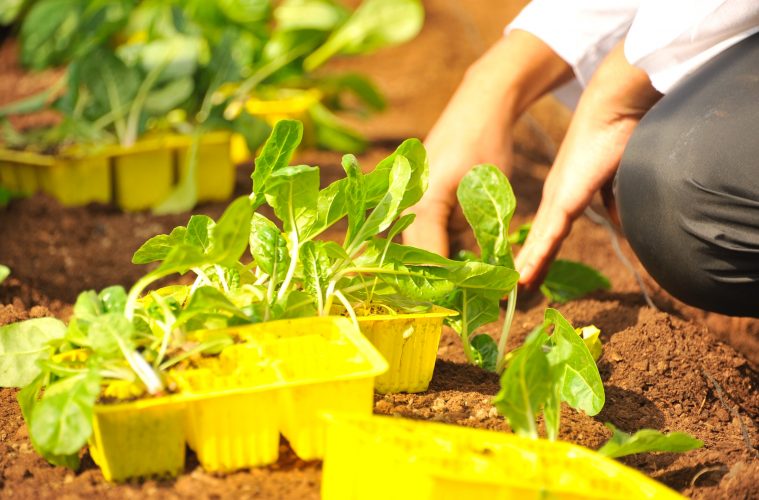Planting your vegetable garden successively allows you to enjoy the fruits of your labour throughout the year. The key to succession planting is planning your plant schedule.
This way, you know which plants do well with the seasons and avoid planting everything all at once. The danger is that you have a yield you can’t use up and have to wait for newer plants to mature and bear fruit.
Crops ideal for successive planting
The best way to achieve this is by putting together a planting schedule to help you keep track of your produce.
You are aiming to spread out your plant growth throughout the season. Let’s have a look at which crops are ideal for planting and growing successively:
- Salad crops
- Roots vegetables
- Legumes

Image credit: Unsplash
Benefits of successive planting
The benefits of succession planting are that you are able to enjoy multiple harvests within a given growing season. The secret to successive planting is planting one crop right after another has been harvested. Leaving the roots from some of the plants also helps feed the soil making for a more productive second and third harvest.
Planting successively means you are able to keep track of your harvest, to avoid an overhaul of veggies you won’t be able to make use of. Instead of planting everything all at once, you have the benefit of planting different crops and enjoying a larger harvest overall. Succession planting helps prolong the season and harvesting time for your crops.
Not all plants are good for planting in succession, such as crops that are slow at maturing, which require an extended time for growth. Winter vegetables do not need to be successively planted as they can stand out all winter long. They grow in a specific time and for a limited time, unlike fast-maturing plants such as lettuce and salad greens.
Featured image: Unsplash

